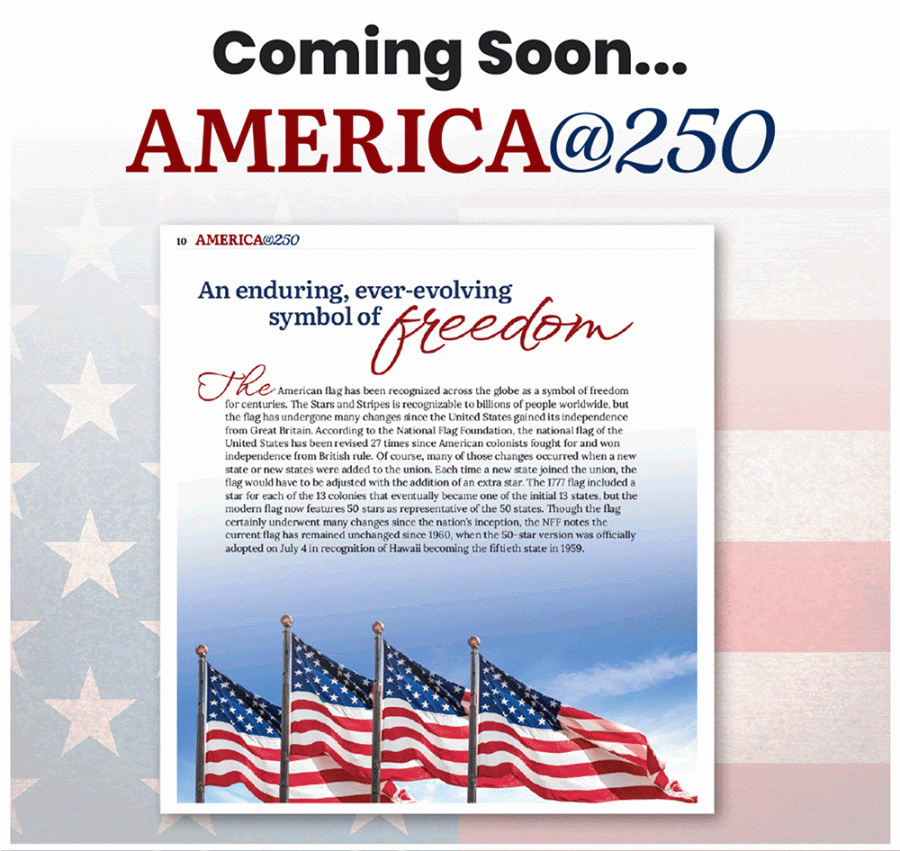Nameless, faceless reports will drive away readers
Jim Pumarlo
Oct 1, 2024


Pop quiz, not a trick question: What’s the most important piece of information for readers in these police reports?
A home is uninhabitable after a fire.
A 38-year-old man was arrested for fleeing police after a chase that reached more than 100 mph.
Two people were injured when two vehicles crashed.
A 35-year-old woman died when her vehicle struck a deer. A 38-year-old man, who was the passenger in the vehicle, didn’t report any injuries.
The answer in every instance? Readers want to know the identity of the individuals — the “who,” the primary tenet of the five Ws and H of a solid news story.
These stories all appeared on the same page of a community newspaper. Incredibly, none of the reports – including the traffic fatality — included any names. Worse yet, there was no follow-up. Individuals were never identified.
I recognize that newsrooms are challenged today by smaller staffs and fewer resources. But, honestly, who is making sure reports about family, friends and co-workers check all the boxes for delivering basic facts? Who’s reviewing stories with the mindset of a reader? Where’s the reporter instinct?
The examples are disappointing beyond the initial nameless and faceless reports. The newspaper also missed an opportunity for substantive follow-up. The house fire prompts the logical questions of where the displaced family is staying and are any volunteer efforts underway to assist the family.
Without a doubt, newsrooms face a troubling trend among law enforcement agencies. PR officers spoon feed information, selectively deciding what they believe is in the best interests of the public. Press releases are quick to highlight efforts that put departments in a positive light, but they often given scant attention to the nuts and bolts of police reports — names, addresses, specifics of call — all information classified as public by law. Their rationale? Provide the minimum, and departments won’t receive the angry calls asking why they released specifics to the newspaper.
More discouraging, though, is that many editors apparently share a similar sentiment and don’t press for significant details. Their rationale? Keep the reports vague and don’t rile readers.
Reporters have a responsibility to carefully review police and court reports. Sensitive details demand sensitive decisions about what to publish.
But the shortcomings in the above examples pertain to “the news.” Who was displaced by the fire? Who was traveling 100 mph? Who was injured in a car crash? Who died in the car/deer collision?
I was fortunate to sit behind the editor’s desk during the heyday of newspapers. The dynamics of the industry have changed, but one principle remains constant: Local names and faces are the backbone of vibrant community newspapers.
The cited examples should make all editors cringe. Lackadaisical reporting and disregard to elementary information erode a newspaper’s foundational credibility. They are an embarrassment to a newspaper’s self-promotion as the go-to source for local news. At a very basic level, the misfires in reporting — even if they occur infrequently — prompt readers and advertisers alike to ask: What’s the value of the product?
Indeed, the media landscape is fractured and constantly changing. The challenges to survive and thrive are greater than ever with many factors out of a newspaper’s control. That underscores the need for publishers to double down on things under their control — paying attention to their news product.
Newspapers still have an inside track as the premier clearinghouse of information in your markets. Community newspapers, at their best, are stewards of your communities. The news columns should be a blend of stories that people like to read and stories they should read.
But success depends on practicing the principles of solid reporting. Ignore the basic elements of journalism and the path to maintaining relevancy in your communities becomes much steeper.
Jim Pumarlo is former editor of the Red Wing (Minnesota) Republican Eagle. He writes, speaks and provides training on community newsroom success strategies. He is author of “Journalism Primer: A Guide to Community News Coverage,” “Votes and Quotes: A Guide to Outstanding Election Coverage” and “Bad News and Good Judgment: A Guide to Reporting on Sensitive Issues in Small-Town Newspapers.” He can be reached at www.pumarlo.com and welcomes comments and questions at jim@pumarlo.com.










